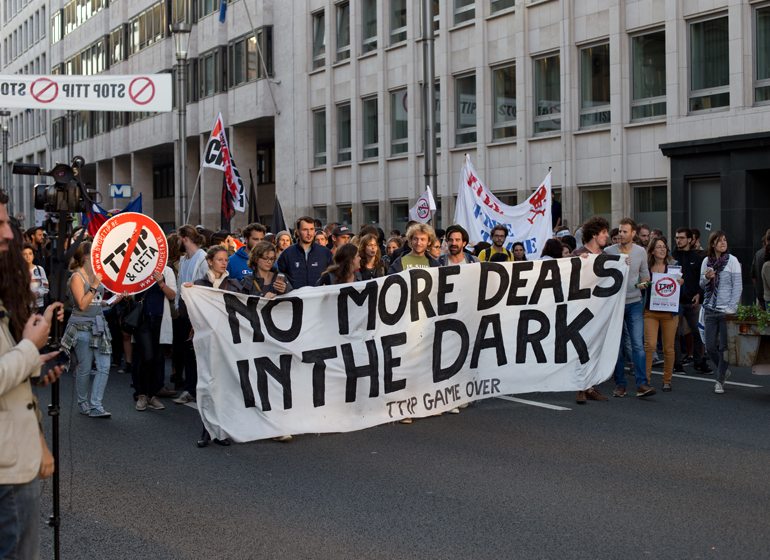If you think the U.S. has gone through a lot since last November, take a look at Europe. The fissures that have become all too apparent in the U.S. are magnified across the European landscape, impacting everything from economic activity and trade to political structures and national relationships.
Basic flaws that were a part of the original European Union foundation have created some cracks under political and economic pressure from both inside and outside the member nations which appear to be irreparable – at least in the short term. Add to that the significant change in tone coming across the seas from the U.S., creating a recipe for a great deal of business uncertainty for companies on both sides of the Atlantic.

Welcome to the new international business reality. Trade relations could very well go back to the days before the World Trade Organization, before the EU integration, perhaps to even before the Bretton Woods Agreement. No one knows yet.
Clearly, the perceived negative impact of globalization (i.e., trade) is a major political force on the left and on the right in many countries. This force is having a macroeconomic impact on structural relationships at both the national and international level. It manifests itself in immigration, tariff, labor, and goods and services issues, where emphasis is placed on building up stronger economic “borders” at others’ expense. Suddenly, globalization is cast as a zero sum game.
But the globalization ship already has sailed. There is too much at stake for too many international interests to revert back to the disconnected, national markets of previous times. Technology, communications, interlinked supply chains and many other advances have ensured that the trend toward international trade should continue, albeit with more fits and starts in the near term.
So two questions must be asked:
- How long and how intense will the reaction be against globalization?
- What can my company do to navigate the uncertainty?
Some speculate that what we are witnessing is the last gasp of economic nationalism, with pressure from people, primarily in Europe, who are directly impacted by increased international trade. Until now, many governments worked very hard to shield their own from negative effects of globalization, but as these governments now find they can no longer pay the price for protection, the bargain starts to break down.
On this side of the Atlantic, significant international trade has been a part of our landscape at least since the 1970s, and while there have been many efforts to blunt some of the harsher impacts, the policy overall was rather laissez-faire. On average, industry in the U.S. now is well-positioned to compete both at home and abroad.
Europe, in general, still needs to transition through this stage, where the intensity of pushback may be felt the most. The rise of more nativist political parties in Europe, Brexit concerns, and the trade challenges coming out of Washington could signal a more aggressive approach to shutting off imports through tariffs or other means. Doing so will put pressure on the WTO and if strong enough, break down some of the multilateral agreements currently in place.
On the positive side, many leading European companies already have developed a sound international footing capable of competing internationally, and should act as a brake on harsher standards that would negatively impact their businesses across markets. Time will tell how long and how far trade may revert to a more bilateral relationship.
For a U.S. company looking to maintain or grow its business in Europe, the main issue will be the more immediate effects of exchange rates. At this time, the U.S. dollar valuation is reckoned by many to be somewhat overvalued relative to the euro. Cyclical in nature, fluctuations represent a normal course of business challenges over a cycle. In real terms, the current USD overvaluation is less than in the early 2000s and even in the 1980s, when manufacturers had more concerns about the ability to export.
For each company, the real key will be to carefully watch the evolving European landscape for signs of political interference that impacts the normal economic cycle among companies in both regions, for better or for worse. Stay tuned.
Paul Byrne is vice president/general manager of Bradley Corp.’s Building Specialties Group.

